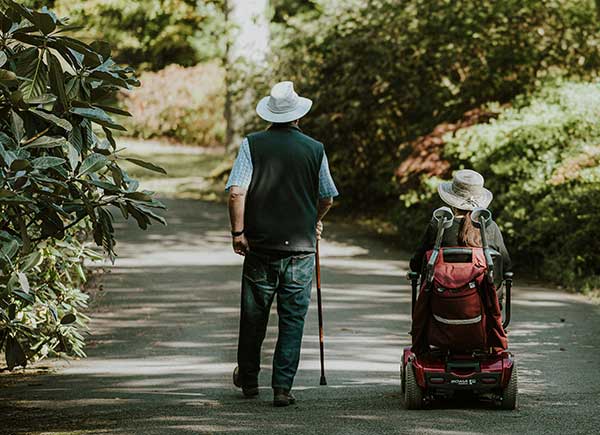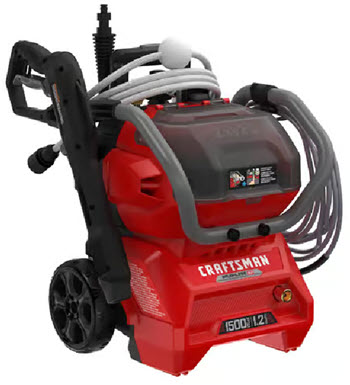I dream of a garden where everyone feels truly welcome, a beautiful, peaceful place where nature’s magic is there for all to enjoy. That’s what inclusive garden design means to me.
I think about how everything in a garden is connected. We design for people, making sure everyone can access and enjoy the beauty. And as we do that, we also create havens for the butterflies, who bring so much life and color to our gardens. It’s about nurturing the whole ecosystem.

It’s about making sure everyone, regardless of ability, can experience the joy of a garden, while also giving our fluttering friends what they need to thrive.
Understanding What’s Needed
Building a truly accessible garden means understanding what both people and butterflies require. For people with mobility issues, things like uneven paths, tight turns, and hard-to-reach plants can be real obstacles. Think about someone using a wheelchair, a walker, or even just someone who gets tired easily. Smooth, wide paths, raised beds, and comfortable seating are key. We’ll touch on sensory and cognitive considerations here, but we’ll dive deeper into those a bit later.
Butterflies, of course, have their own needs. They need nectar-rich flowers for food throughout their lives, specific plants where they can lay eggs (we call these “host plants”), shelter from the wind and predators, and a place to get a drink.
Design Principles: The Building Blocks
So, how do you actually make a garden accessible? Well, paths are the first thing to think about. They need to be smooth and solid – think compacted gravel, pavers, or concrete. And wide enough for a wheelchair, of course – at least 36 inches, but wider is always better. Don’t forget, you need space to turn around too! A good rule of thumb is a circle about 5 feet across. If you have any ramps use gentle slopes and handrails for safety. For folks with visual impairments, tactile paving near entrances or important features can be really helpful.
Raised beds and containers are game-changers for accessibility. If they’re at the right height – usually between 24 and 36 inches – people using wheelchairs or those who prefer to sit while gardening can easily tend to their plants.
Using different size and shape raised beds and containers can add visual interest and lets you grow a wider variety of plants.
Choosing and placing plants is super important. Go for fragrant, colorful flowers that attract butterflies and engage the senses. Mixing up plant heights and textures creates visual depth and gives butterflies different places to perch and feed. Clumping plants together makes it easier for butterflies to find food. And always, always check to make sure your plants aren’t toxic to either people or butterflies. Native plants are usually the best choice because they’re adapted to your local climate and support the local butterfly populations.
Water features, like bird baths or shallow dishes filled with pebbles, are essential for butterflies to stay hydrated. The sound of water is also a nice touch for people with visual impairments.
Making it Truly for Everyone
A truly welcoming garden isn’t just about what you see; it’s about what you feel. Imagine the calming scent of lavender, the soft touch of Pussy Toes, the gentle sound of water trickling in a fountain. These sensory elements can transform a garden into a truly immersive and enjoyable experience for everyone.
Clear, easy-to-read signs are a must. Use large fonts and consider adding braille. Tactile maps can be helpful for people with visual impairments, and QR codes that link to audio guides are a great way to provide more information about the plants and the garden.
Comfort is key, so include plenty of places to rest. Benches and sitting areas strategically placed throughout the garden are important. Shaded areas offer a welcome break from the sun.
I think one of the best things about gardening is doing it together. There’s a real sense of connection that comes from working side-by-side with others, and it makes you feel like you’re part of something important.
Thinking Like a Butterfly
Remember, butterflies have specific needs. They need host plants – plants where they can lay their eggs. Monarchs, for example, need milkweed. Do a little research on the butterflies in your area and plant the host plants they need.
A variety of nectar sources is also crucial. Choose flowers that bloom at different times of the year so there’s always something for them to eat. Coneflowers, asters, zinnias, and butterfly bushes are all good choices.
And absolutely no pesticides! These chemicals can be incredibly harmful to butterflies.
Finally, consider creating a “puddling area.” This is just a shallow, moist area with sand, gravel, and maybe a little compost. Butterflies can get important minerals and salts from these areas.
Wrapping it Up
Creating an accessible garden is a wonderful way to give back to both people and the environment. These guidelines will get you started.I hope you enjoy the simple pleasure of watching a child or anyone with accessibility needs delight in the butterflies, or the satisfaction of providing a safe haven for these important pollinators. It’s a wonderful project – go for it!
Resources:
Further reading on accessible gardening and butterfly gardening.
Next up…






